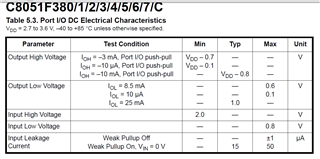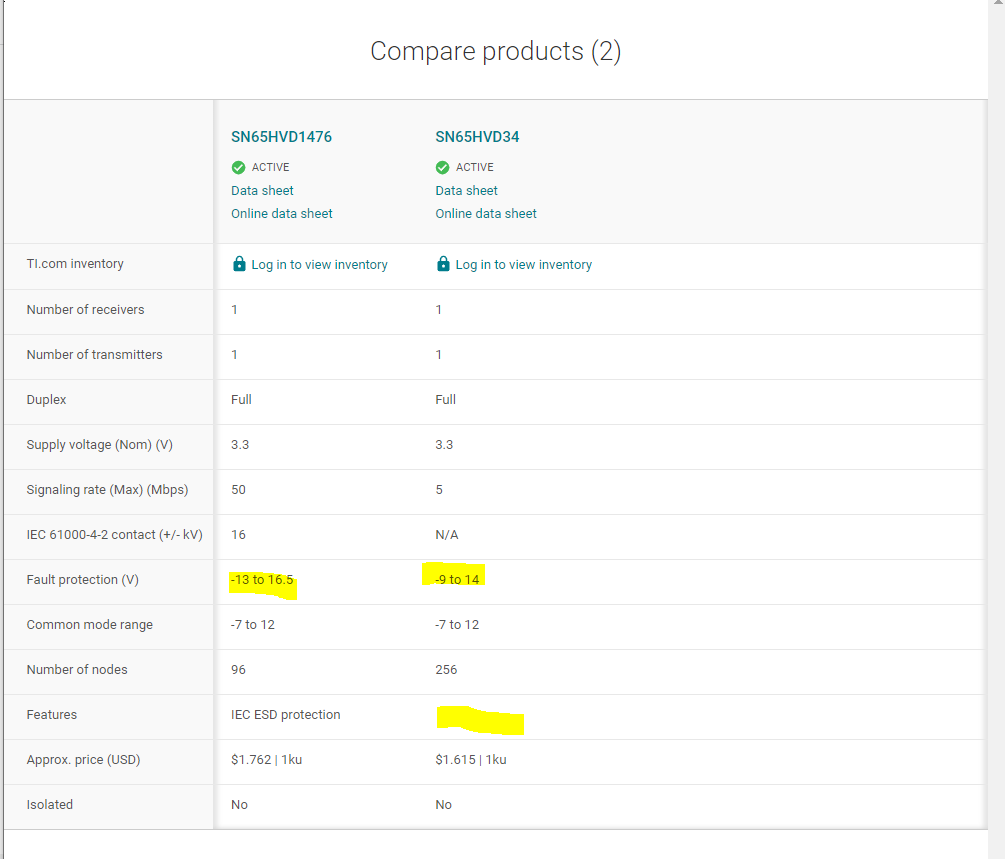Other Parts Discussed in Thread: SN65HVD1476, SN65HVD34
Hi
C8051F384 with RS422 - 4 wire Full duplex communication ,
In the F/W Development
What is the Difference Half Duplex and Full Duplex in coding
Is standard keil Lib available for 4 wire Full Duplex RS422 Communication ?




